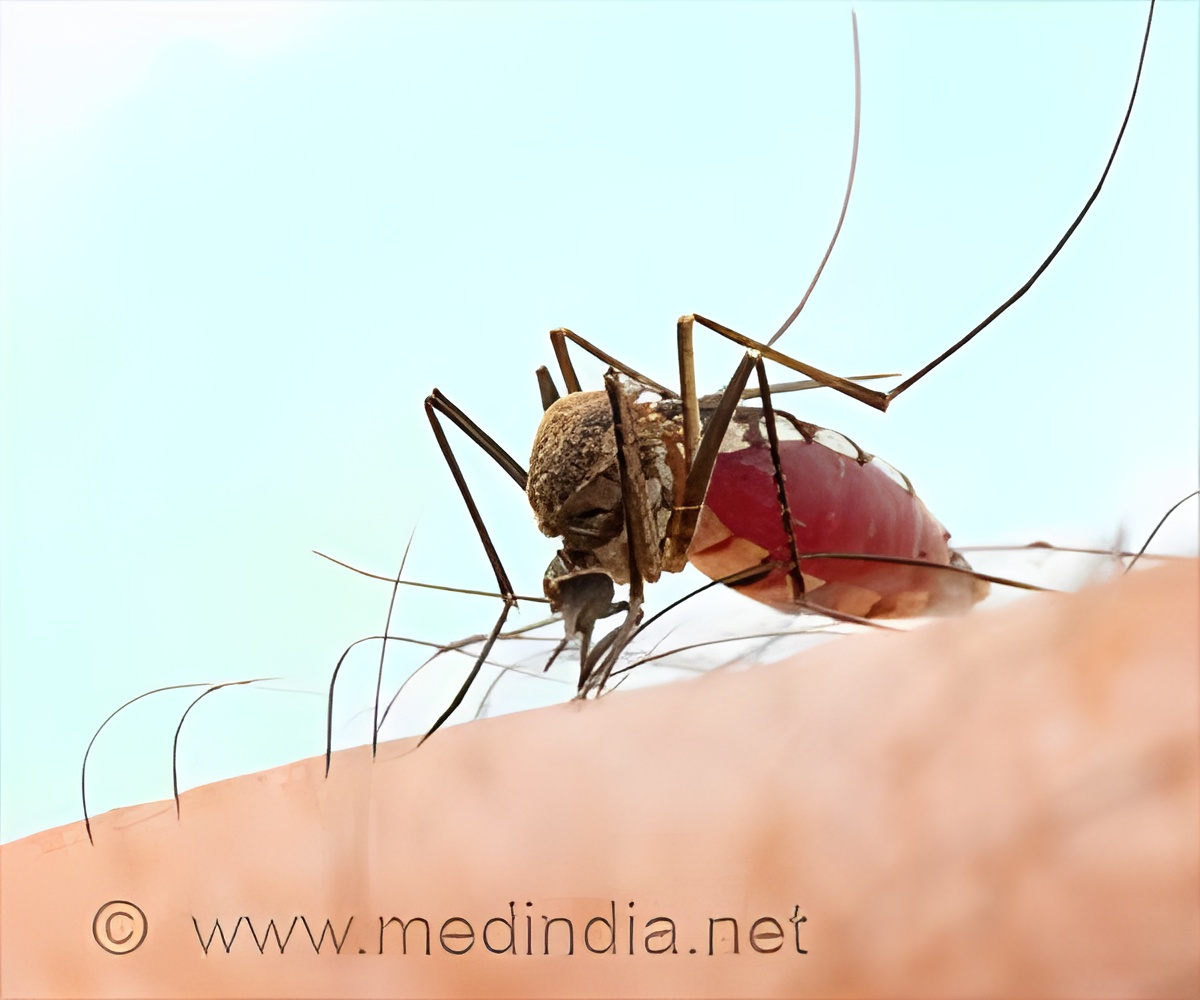Climatic changes may affect future tularemia outbreaks and other infectious diseases in high-latitude and other world regions, reveals a new study.

Researchers at the Department of Physical Geography at Stockholm University have studied the effect of such changes on tularemia, a disease that primarily affects small rodents but can also infect humans. The study shows that relatively small changes in climate and water conditions can sharply increase the incidence of tularemia in humans.
The results are consistent with the increasing number of reported human cases of tularemia in Sweden.
"Tularemia is fatal to rodents and serious disease in humans," says Gia Destouni, a researcher at Stockholm University. "We have used a tested statistical disease model that has, for example, be able to predict six out of seven years with a relatively large number of tularemia cases in humans in Dalarna County between 1981 and 2007. This type of tested statistical disease model is a valuable tool that enables us to predict outbreaks in the future under altered climatic and water conditions."
Tularemia spreads to people in various ways. In the vast forested areas of Sweden, Finland, Russia, and Alaska, a bite from mosquitoes carrying the bacteria that cause the disease is one common path of infection.
"Northern communities and ecosystems are particularly vulnerable to climate change, which is greater here than the global average," says Gia Destouni.
Advertisement
Source-Eurekalert










